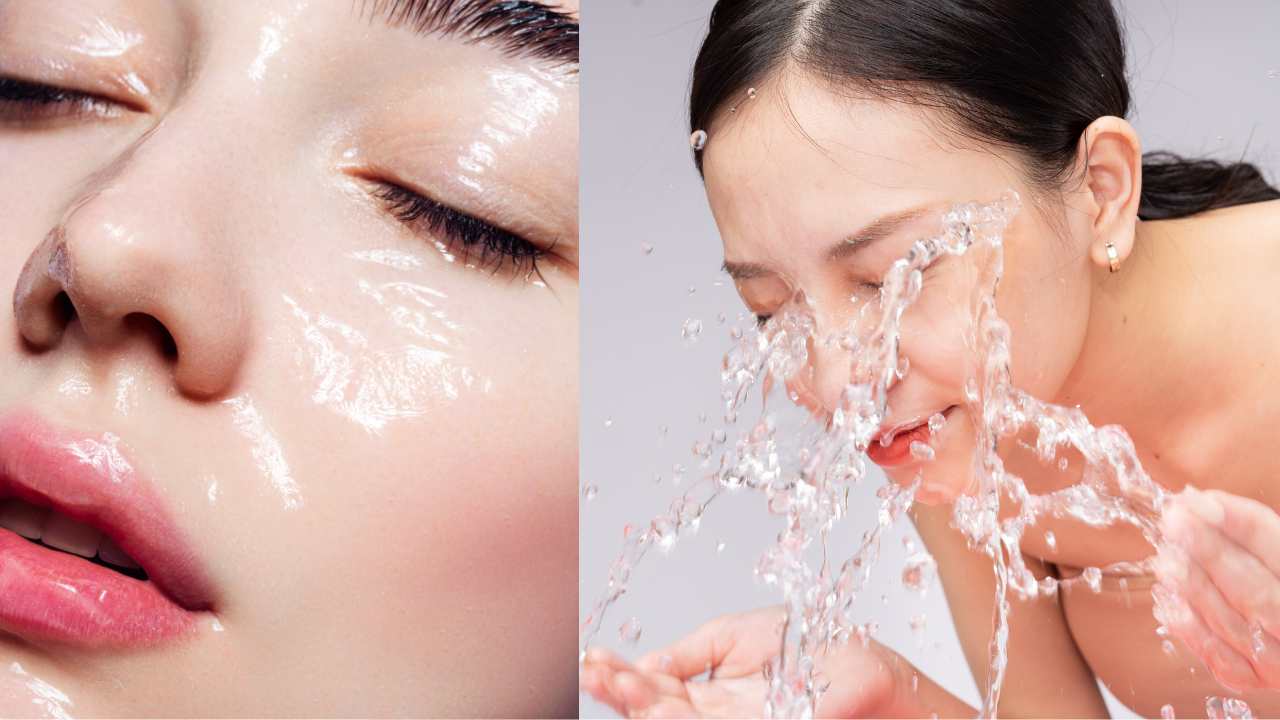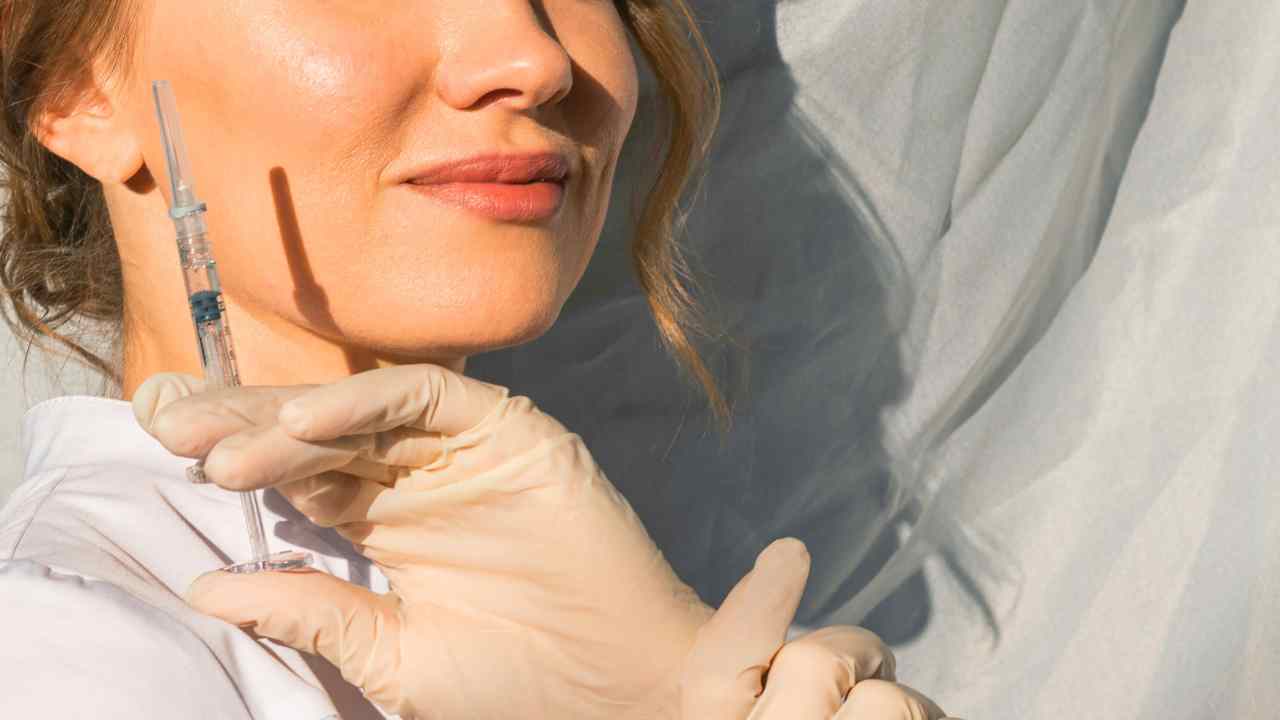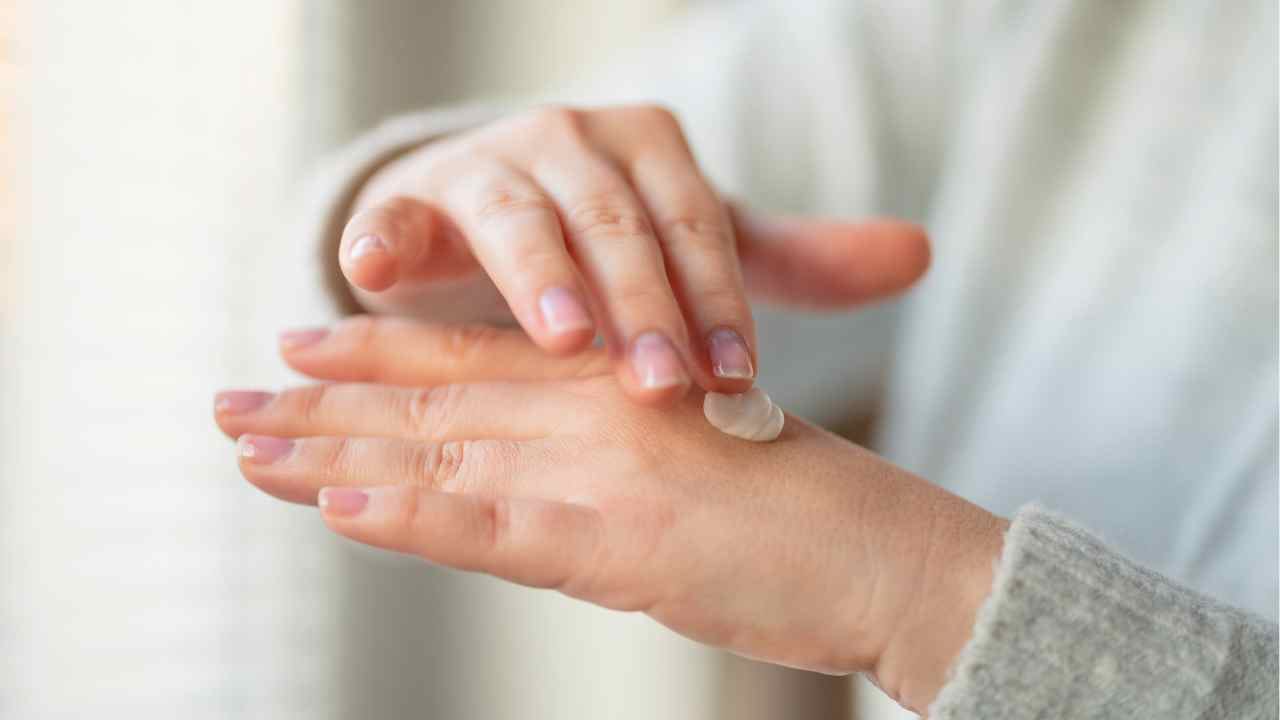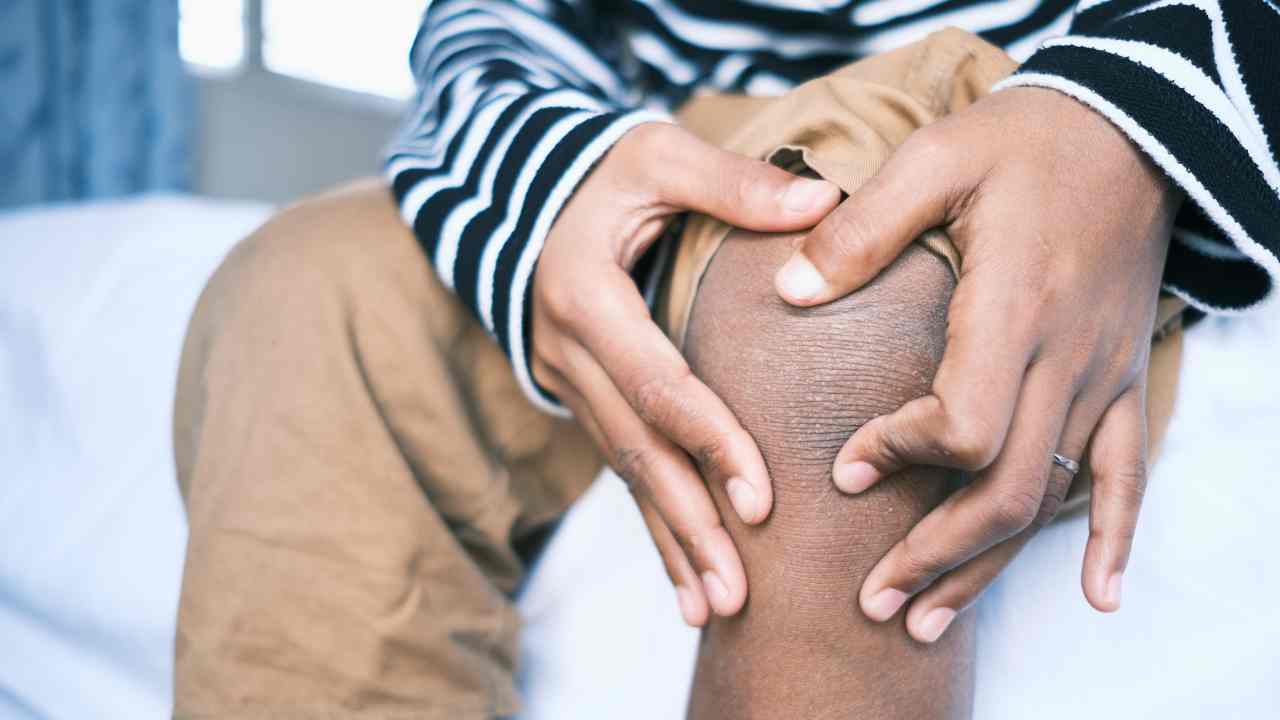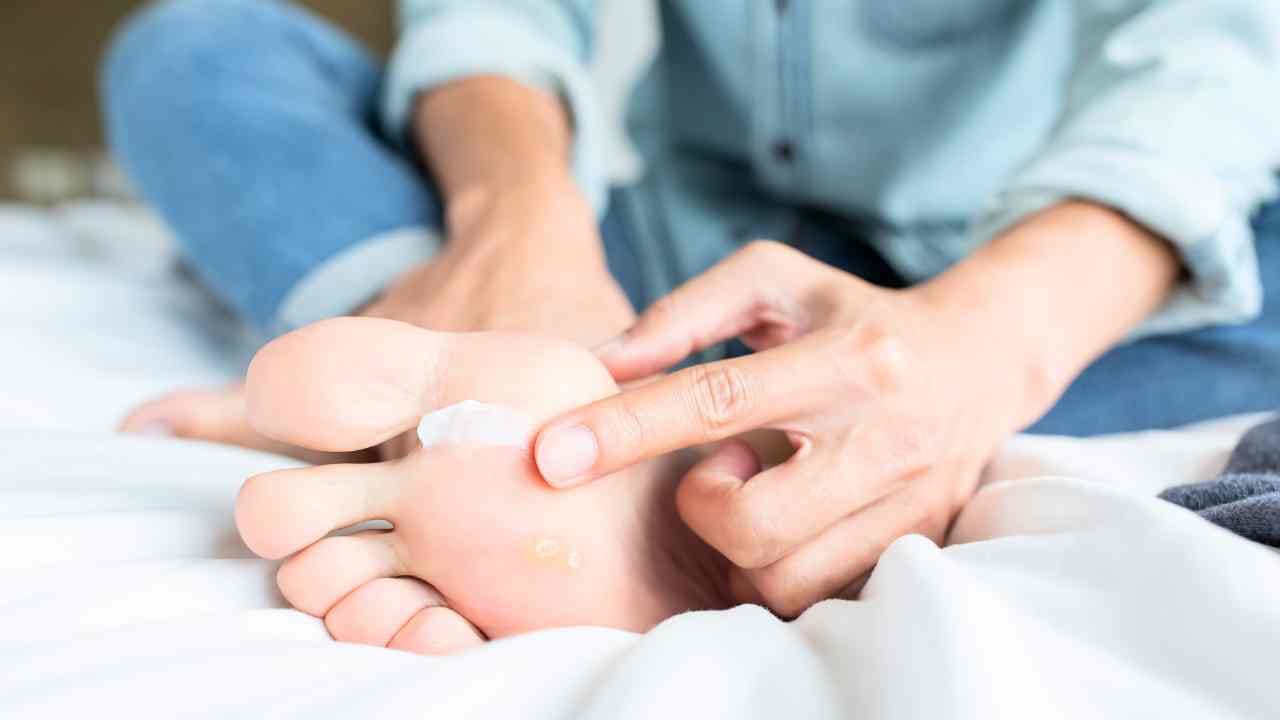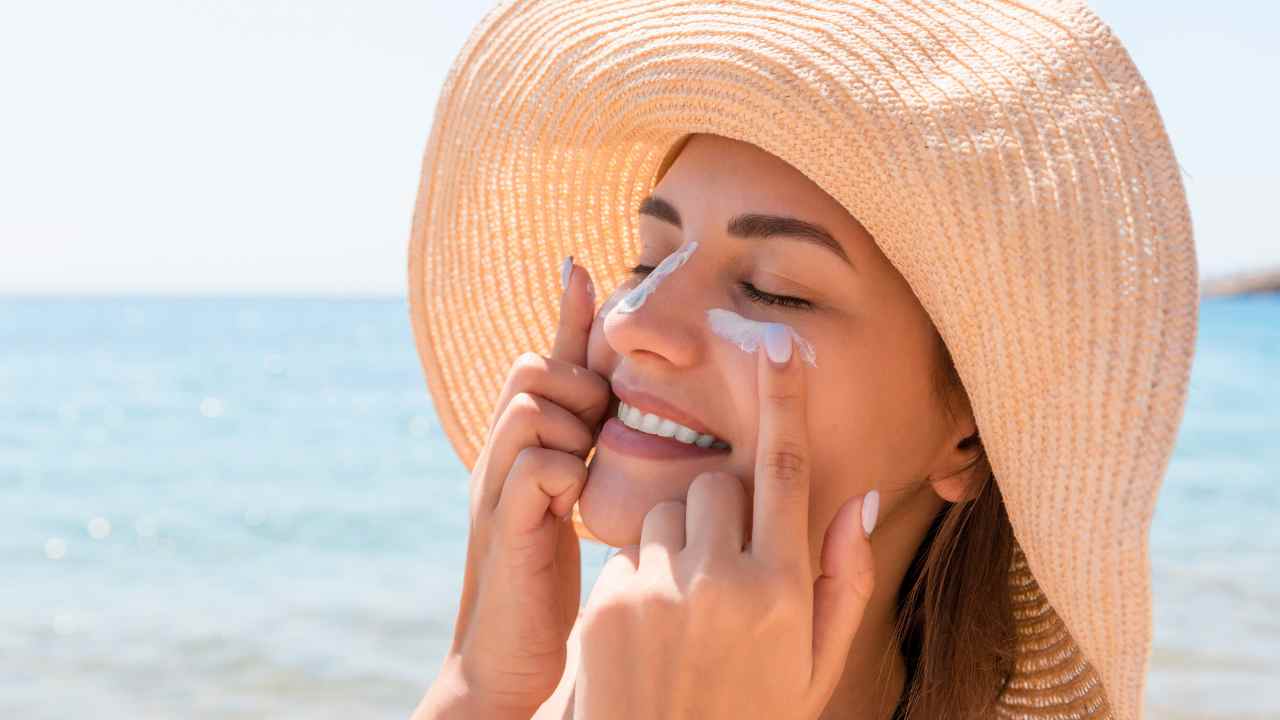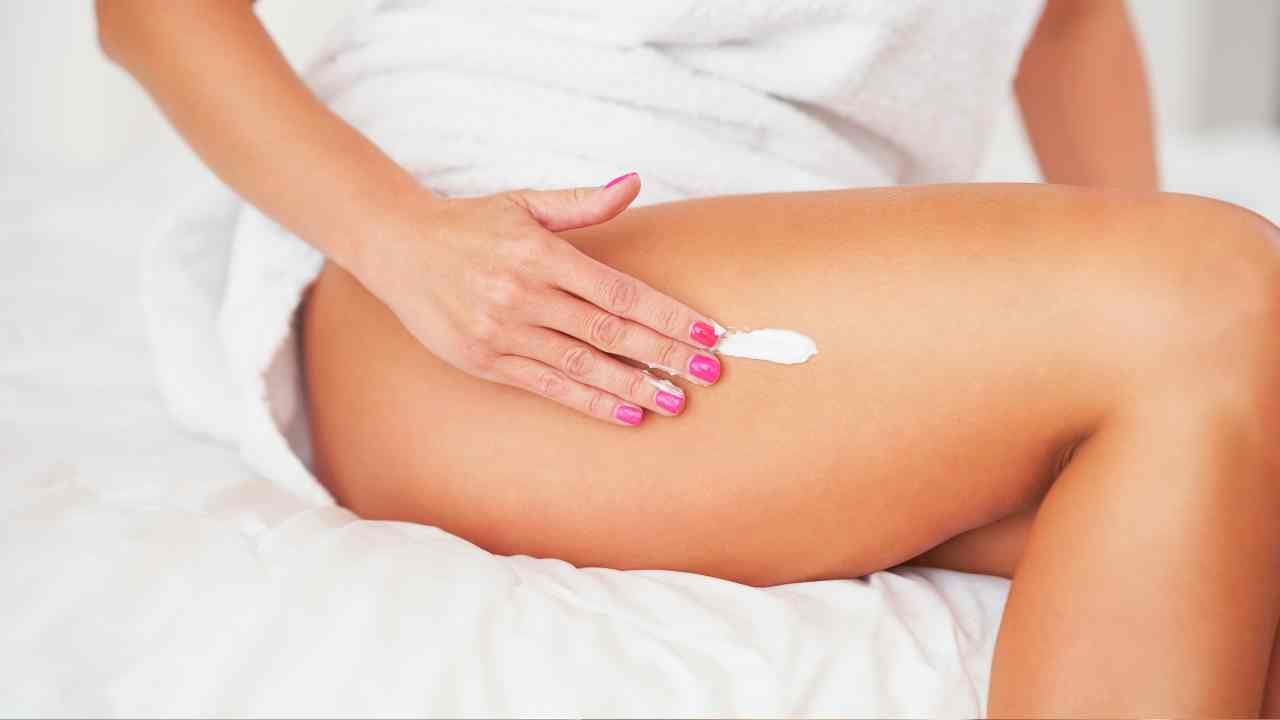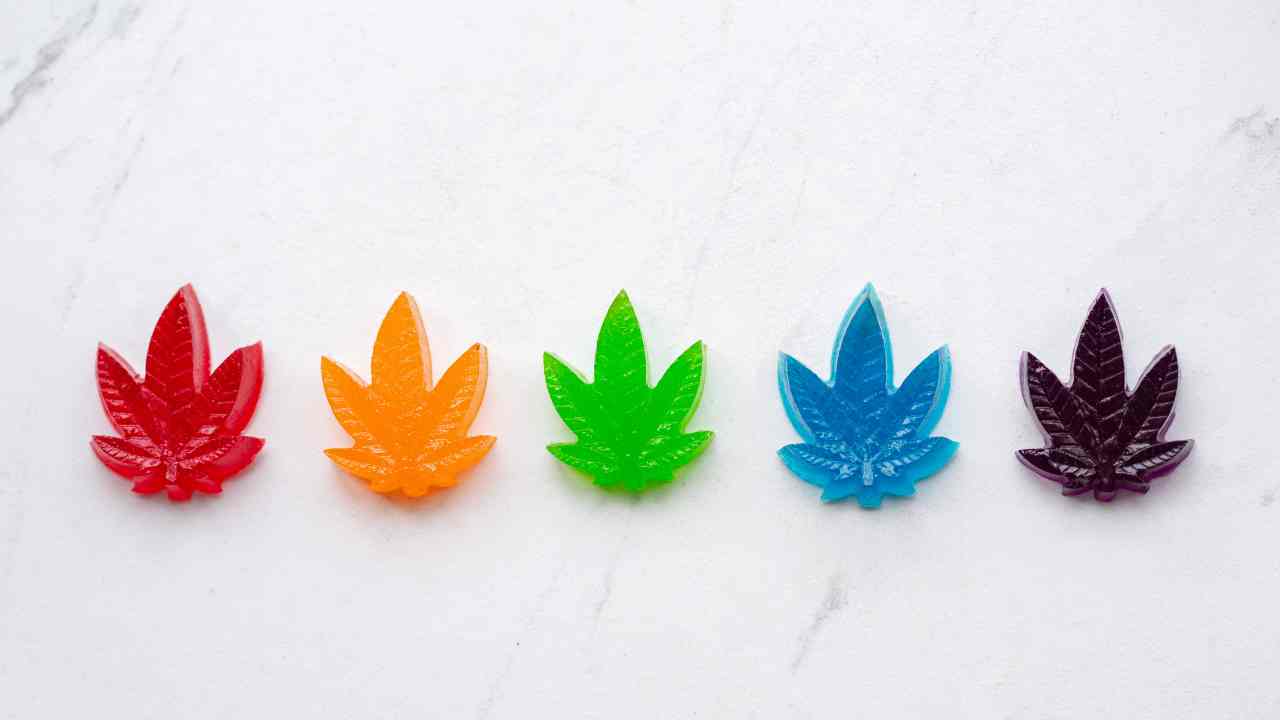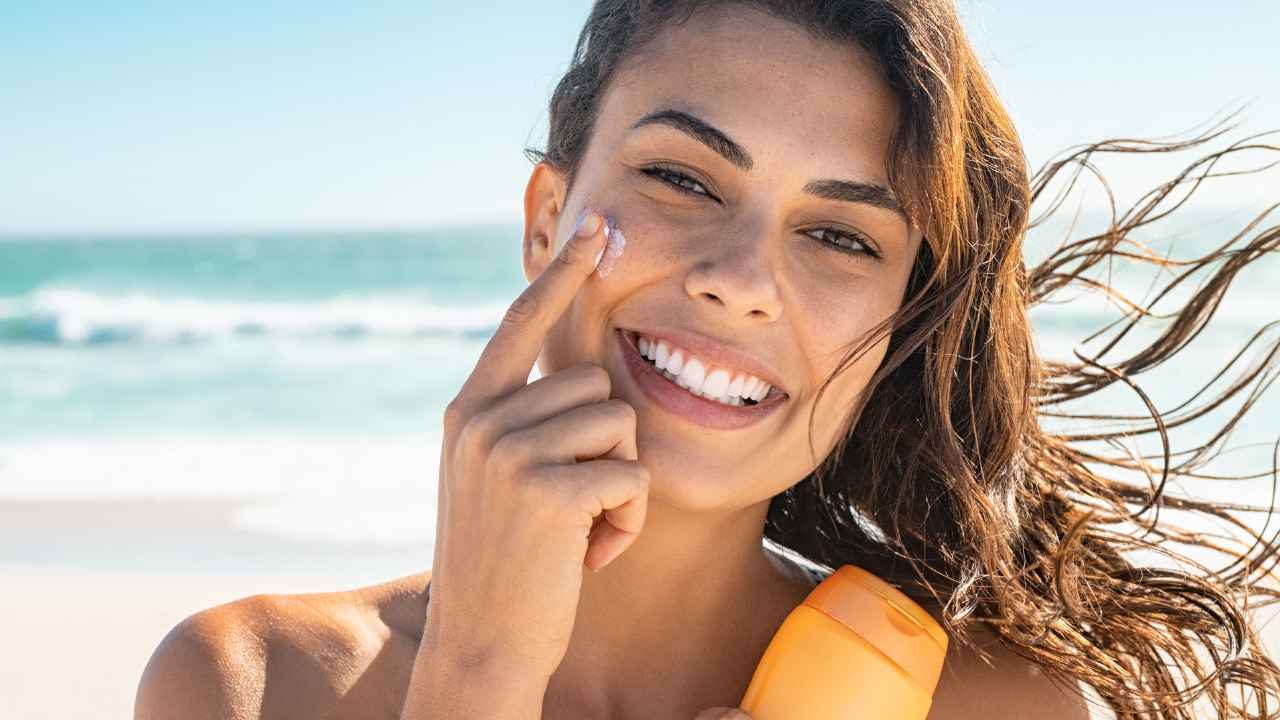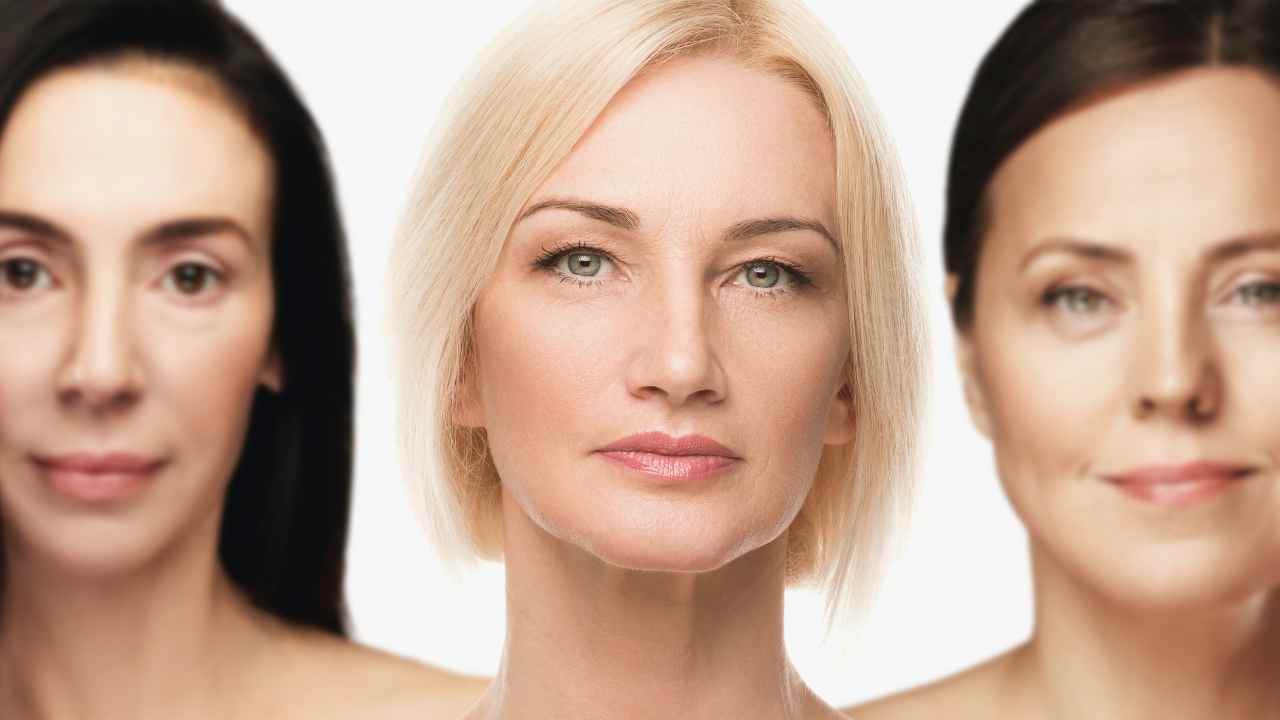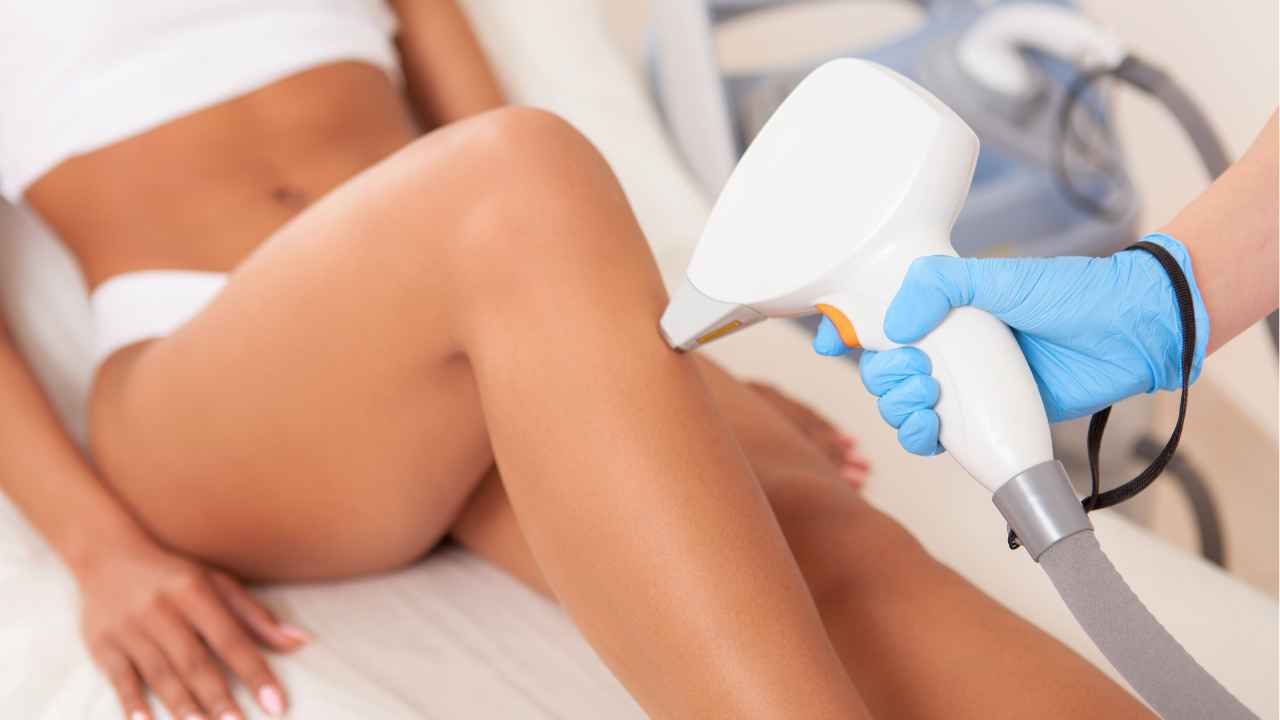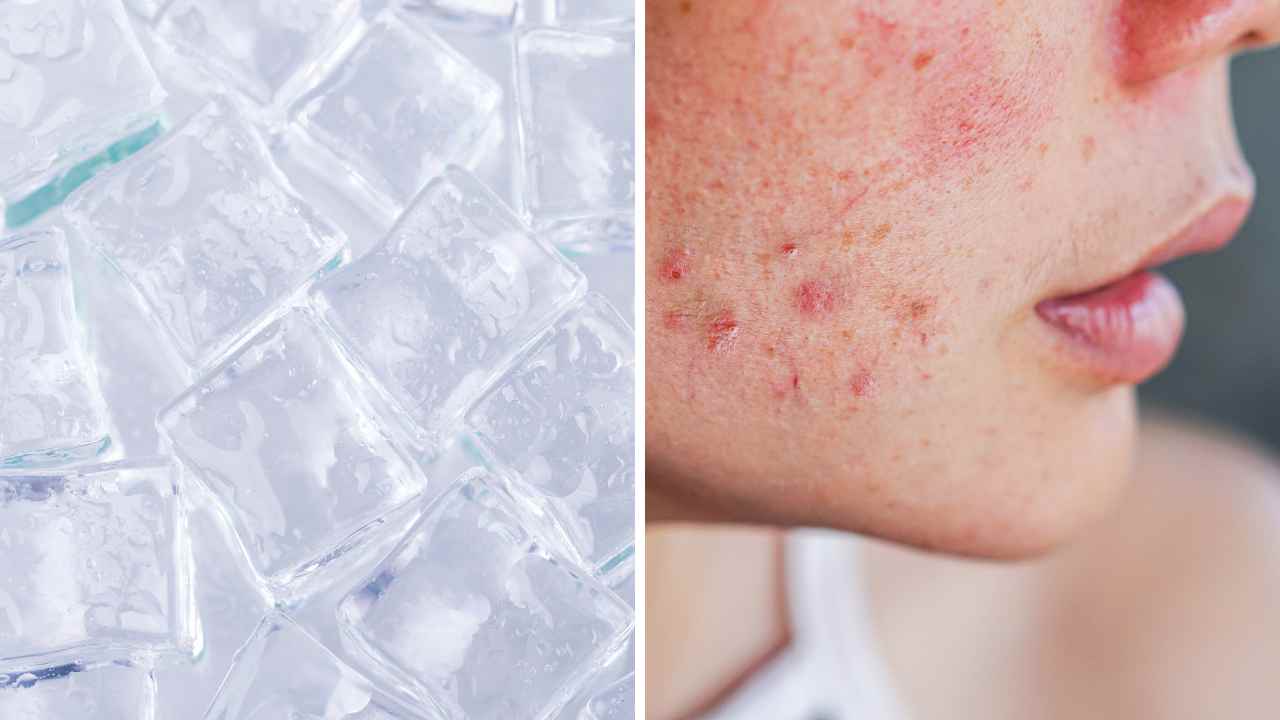
Brrr-ing on the Benefits: Does Ice Help Acne Breakouts?
If you're anything like me, you've heard of the age-old remedy - put an ice cube on it! Stop that itch, banish that swelling - why does putting something cold directly onto your skin seem to make everything better?
I'm here today to discuss whether this ancient wisdom can help in one common skincare issue: acne. Yes, you read that right – we’re talking about whether or not applying ice cubes to pimples is a good way to get rid of them.
Is it possible for something so simple prove to be the solution our pretty faces have been searching for?
Whether dealing with pesky spots near your nose or trying desperately to hide horrific breakouts before a big date, let us take a look at how rubbing ice on your skin could work its (freezing) magic.
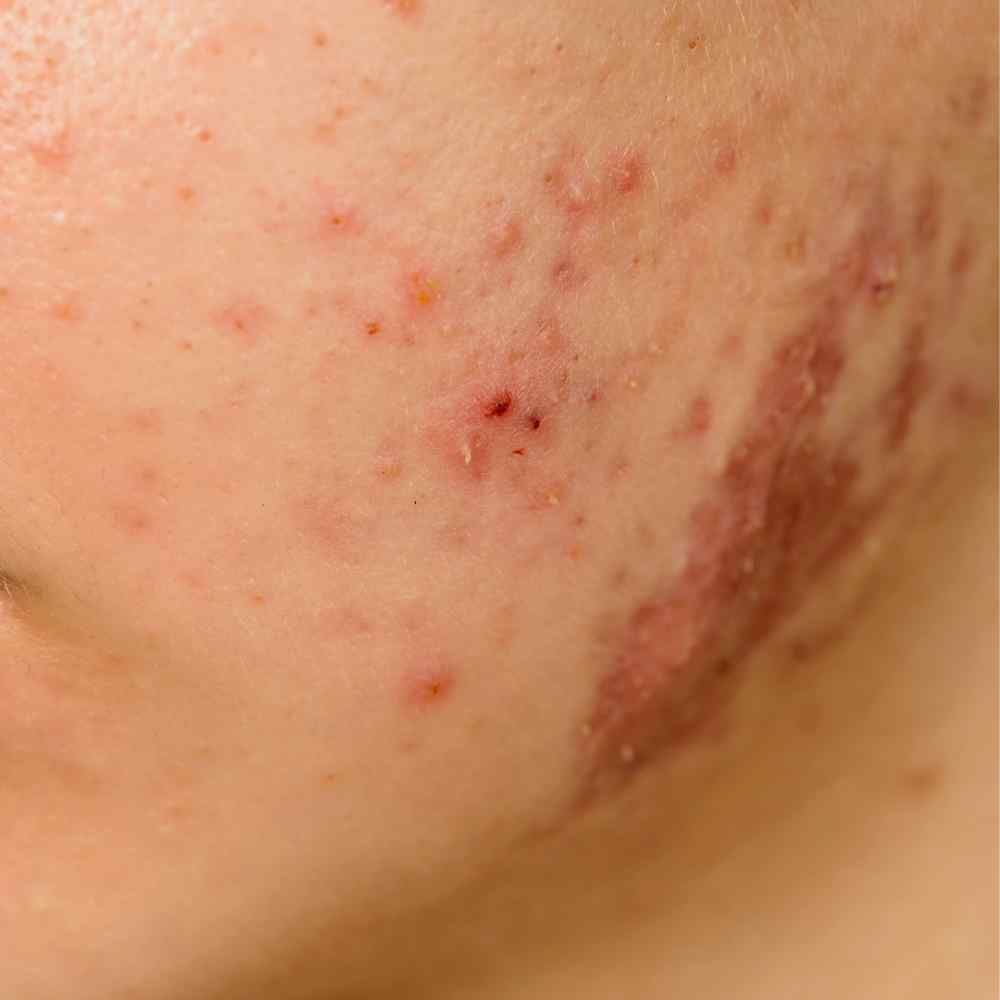
Acne & Inflammation
Before we dive into the specific benefits of ice, let's briefly understand acne and the role inflammation plays in its development.
Why does inflammation cause acne? The truth is, scientists still aren’t quite sure about the exact causes of acne. But what we do know is that inflammation plays an important role.
To understand why, you first need to understand a little bit about your skin and hormones. In humans (and most animals), there are tiny glands called sebaceous glands located inside our hair follicles.
These sebaceous glands produce special oils known as sebum which help moisturize and protect the surface of your skin by forming a protective barrier against bacteria and irritants from getting inside.
In most people, this process usually goes smoothly without any issues - but unfortunately for some of us, it doesn’t always work out that way!
When too much oil is produced or when sebum and skin cells start to accumulate in the pores around our hair follicles - bad things can start to happen.
This is where inflammation comes in: when these pores become blocked with excess oil or dead skin cells - they become infected with bacteria like propionibacterium acnes or staphylococcus epidermidis which triggers inflammatory responses from our body's immune system in order to fight off the infection.
This inflammatory response then leads to swelling and redness on our face – aka acne! So essentially, inflammation causes acne because it’s our body's reaction to fighting off this bacterial infection within our skin!
While researchers still haven't completely figured out all of the underlying reasons behind why some people experience more severe cases than others – hormones like testosterone are thought to play a role here too.
Too much testosterone can cause increased production of certain oils and make existing blemishes worse which further promotes bacterial activity resulting in even more inflammation – leading us full circle back into being able "Acneville" again!
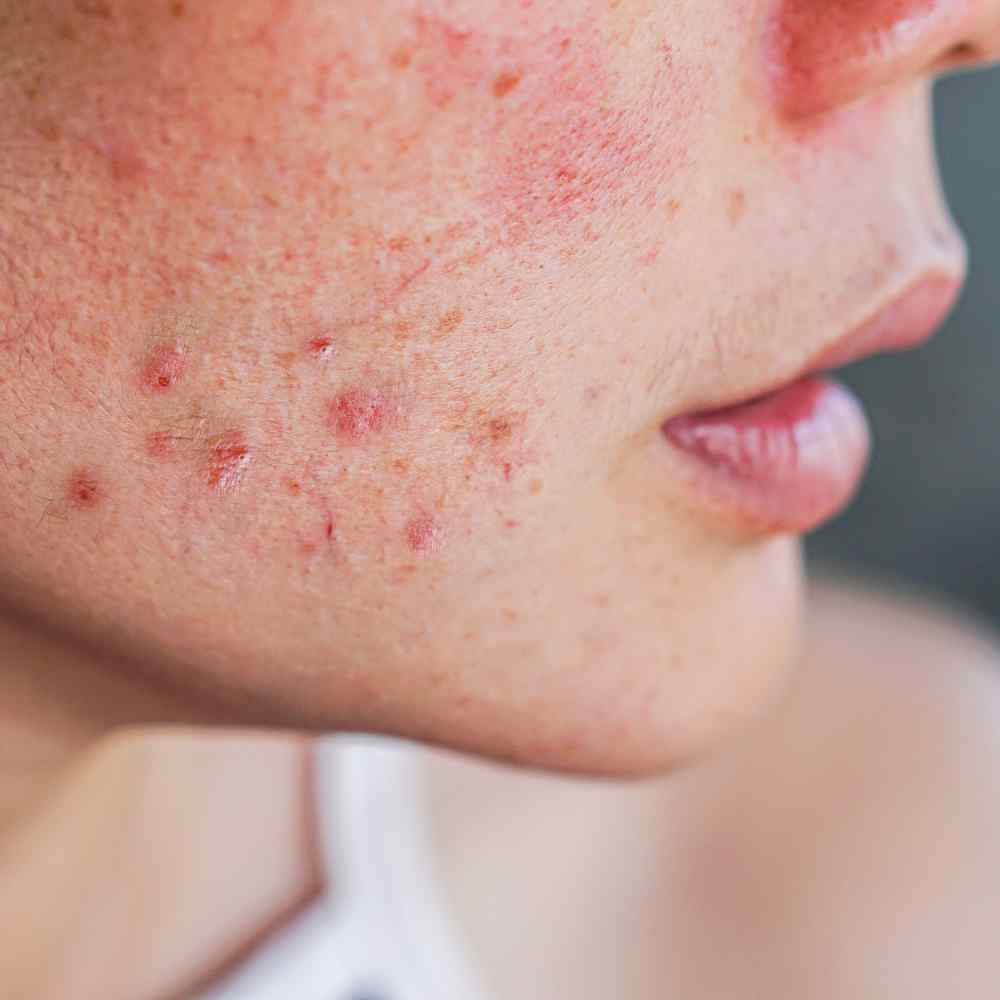
Icing Benefits for Acne-Prone Skin
So can ice on pimples help? It's definitely possible. Here are a few of the ways that ice can benefit your acne breakout.
1. Reducing Inflammation: One of the primary benefits of ice for acne is its ability to help reduce inflammation.
Applying ice to inflamed acne lesions can temporarily constrict blood vessels, reducing blood flow and swelling. This can provide relief and contribute to a calmer, less irritated complexion.
2. Soothing Sensations: Ice can create a numbing and cooling effect on the skin, providing instant relief and soothing sensations. It can help alleviate pain, discomfort, and itchiness associated with acne breakouts, making it a quick and accessible remedy.
3. Pore Tightening: Cold temperatures from ice can cause temporary constriction of the skin's pores. This can help minimize the appearance of enlarged pores, which are often a concern for individuals with acne-prone skin. Smaller pores can contribute to a smoother and more refined complexion.
4. Improved Product Absorption: Ice can help improve the absorption of topical acne treatments or skincare products.
The cold temperature can temporarily tighten the skin, allowing products to penetrate deeper and work more effectively. Before applying any products, make sure to cleanse your face thoroughly and then proceed with the ice treatment.
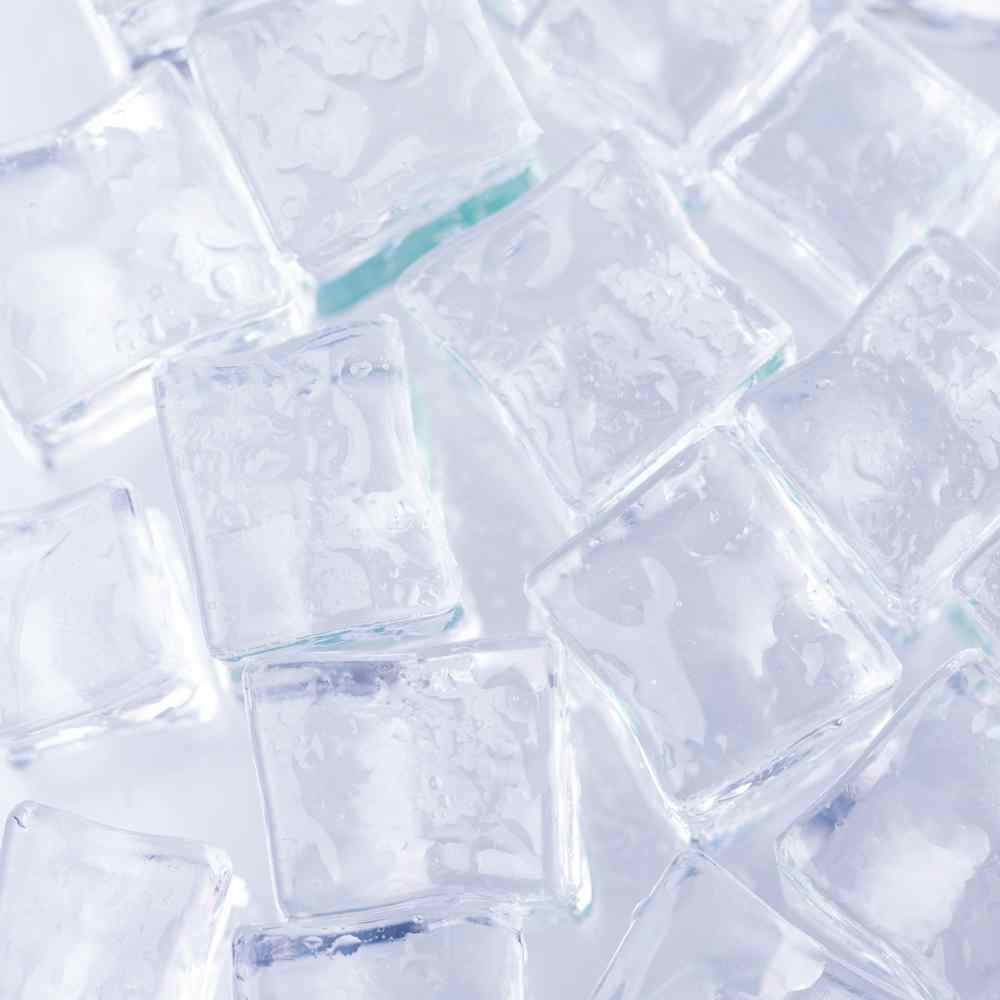
How to Apply Ice on Acne
Now that we understand the potential benefits of ice for acne-prone skin, let's discuss the correct way to apply ice for maximum effectiveness:
1. Prepare the Ice: To start, wrapping a few ice cubes in a clean cloth or placing them in a plastic bag. It's crucial to never apply ice directly to the skin, as it can cause ice burns or damage.
2. Cleanse Your Face: Before using ice, ensure your face is clean and free from makeup, dirt, or excess oil. Gently cleanse your face using a gentle cleanser suited for your skin type.
3. Ice Application: Take the wrap ice cubes or ice pack and apply it to the affected areas of your skin. You can gently massage the ice in circular motions or hold it in place for 1-2 minutes on each area.
Be cautious not to apply excessive pressure or ice for an extended period, as this can damage the skin.
4. Post-Ice Care: After using ice, allow your skin to rest and return to its normal temperature. Follow up with a gentle moisturizer to replenish moisture and nourish your skin.
Want to see what happens if you rub ice on your acne for a whole week? One YouTube creator did just that. Here are her results:
More Tips for Clearing Acne
While ice can provide temporary relief and help reduce inflammation, it's important to maintain a comprehensive approach to managing inflammatory acne:
1. Consistency is Key: Incorporate ice treatments into your skincare routine consistently for best results. Remember that individual responses may vary, so it's important to observe how your skin reacts to a cold compress and adjust accordingly.
2. Gentle Skincare: Use a gentle and non-comedogenic skincare routine tailored for acne-prone skin. Cleanse, moisturize, and protect your skin with products formulated to address acne without causing further irritation.
3. Don't Overdo It: While putting ice on acne can be beneficial, excessive use or prolonged exposure to cold temperatures can have adverse effects on the skin. Use ice treatments in moderation and listen to your skin's needs.
4. Seek Professional Advice: If your acne persists or worsens despite your efforts, it's advisable to consult with a dermatologist or skincare professional.
They can provide personalized recommendations and guide you towards effective acne management strategies before your acne leads to scarring.
Ice, Ice Baby
The power of ice should not be underestimated—whether it's used to cool down a hot beverage, or to help create a calmer and more comfortable complexion.
Incorporating ice into your skincare routine is easy, refreshing, and accessible - the perfect complement to any existing skincare routine. You can even try customizing your facial ice with infusions from herbs, essential oils, teas, and other natural ingredients to treat acne.
However, don't forget that significant changes require comprehensive commitment and regular effort.
Nothing beats following through on a holistic lifestyle that values healthy habits like eating right, exercise, unobstructed sleep and relaxation. As wise old Elsa once said, "The cold never bothered me anyway."



